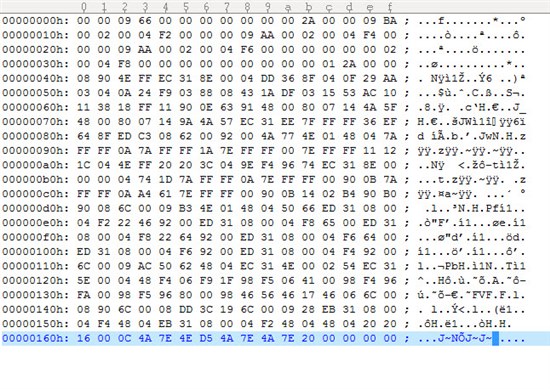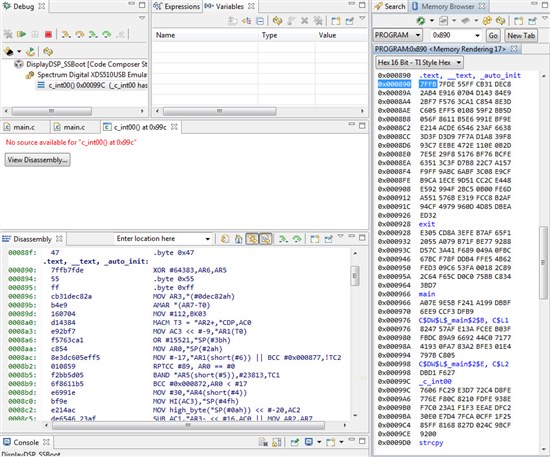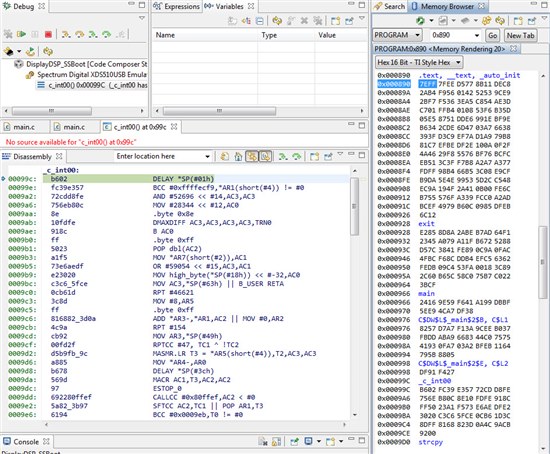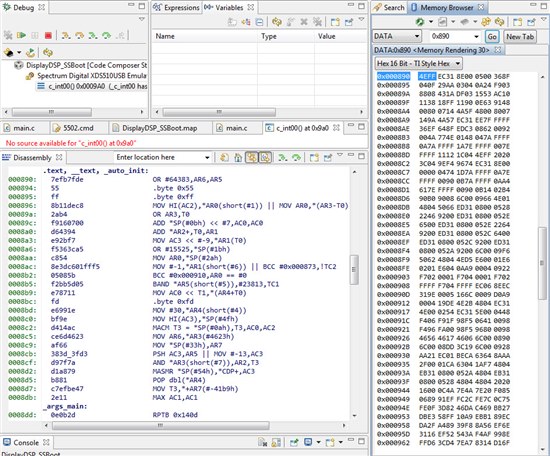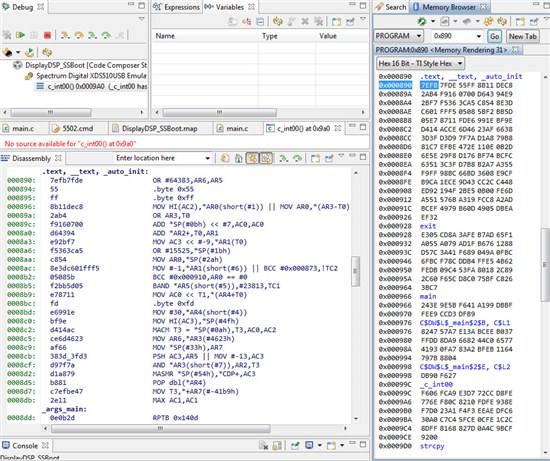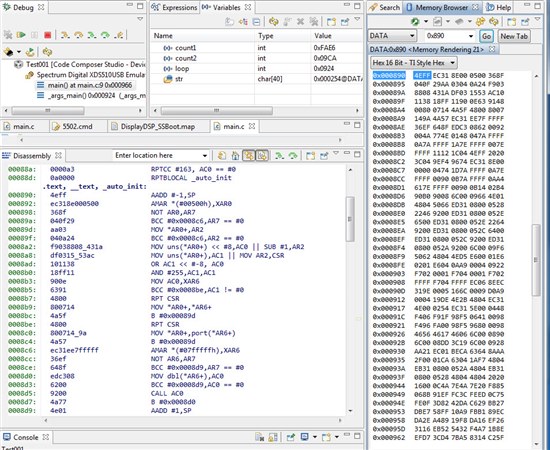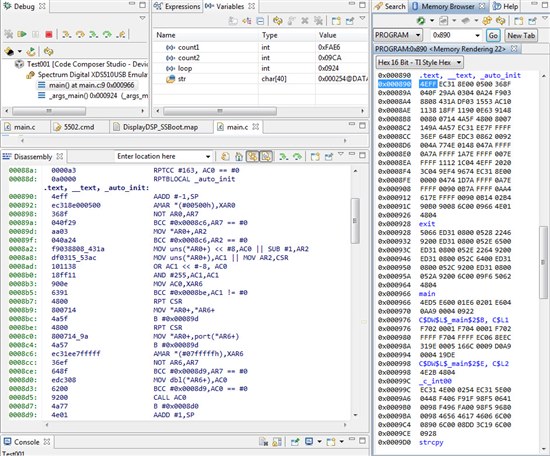Hello,
I am working on a project that utilizes the TMS320VC-5502 and M25P80 serial flash. The hardware will be configured to use the "SPI EEPROM Boot Mode". I need to be able to load one of two images stored in flash. After browsing the forum and the TMS320VC5501/5502 Bootloader document, it seems like a second stage loader (this would be the third image in flash?) will allow me to accomplish loading one or the other image. I am looking for any TI references that might detail creating a second stage loader or possibly any examples of a second stage loader for the 5502. Since it seems the second stage loader will emulate the boot loader (except that the boot table of the two images in flash will not start at EEPROM address zero), any examples of a SPI EEPROM Boot Loader would be helpful.
Thanks for any information or comments on the planned approach.
Stephen


